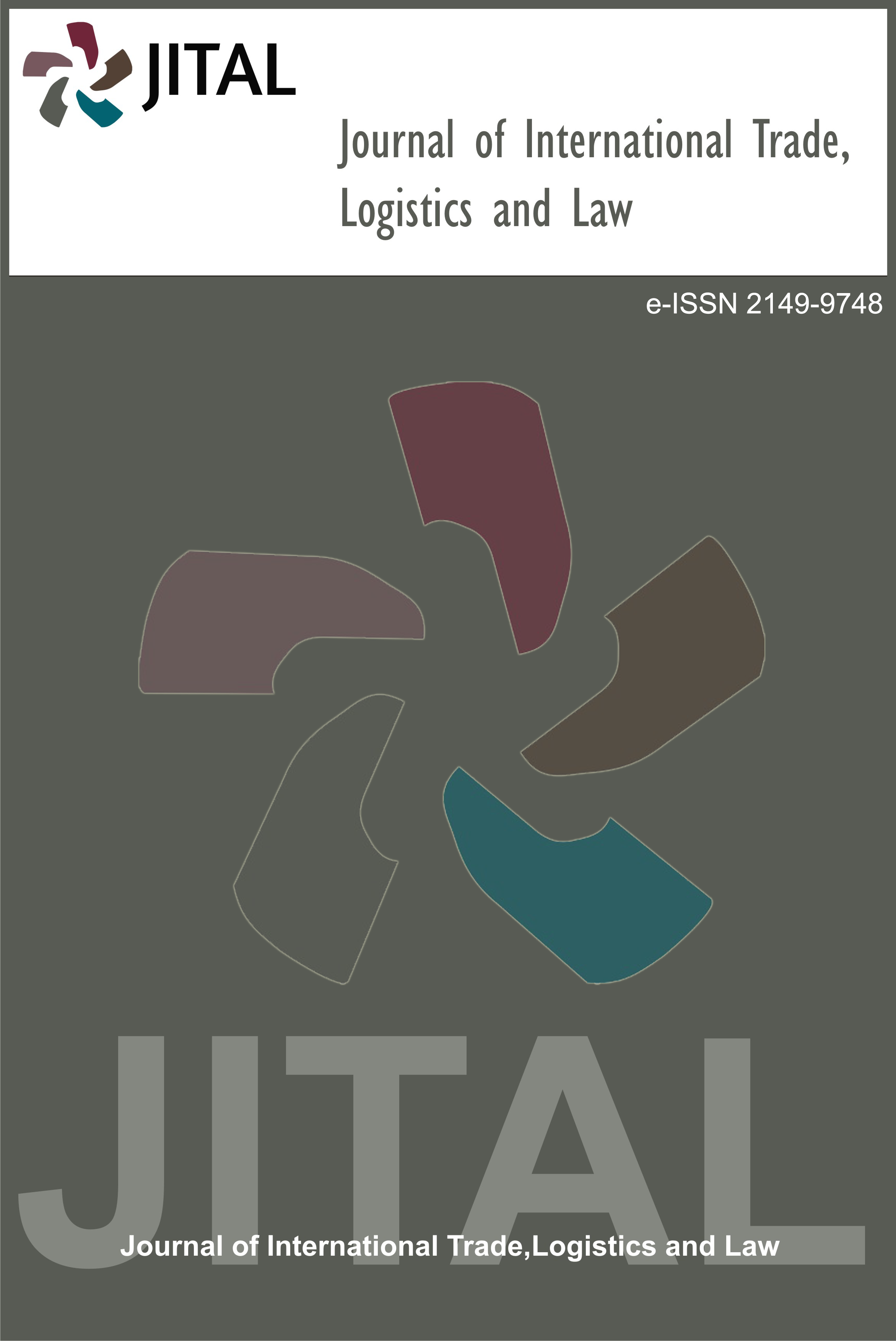The Impact of Internet Finance on the Performance of Commercial Banks
Abstract
This study examines the impact of Internet finance on the performance of Chinese commercial banks from 2013 to 2023, focusing on third-party payment volumes (lnTPP) and peer-to-peer (P2P) lending volumes (lnP2P). Using panel data regression analysis, the primary performance metric is Return on Assets (ROA), with control variables including bank size (lnTA), non-performing loan ratio (NPLR), and GDP growth (lnGDP). The analysis reveals that third-party payments have a statistically insignificant negative effect on ROA (coefficient = -0.26, p = 0.278), indicating that despite the widespread use of platforms like Alipay and WeChat Pay, these services do not substantially increase bank profitability. In contrast, P2P lending significantly negatively impacts profitability (coefficient = -0.135, p = 0.022), suggesting that as P2P lending increases, traditional banks experience a decline in profitability due to intensified competition. Economic growth (lnGDP) negatively correlates with ROA (-0.222, p = 0.000), indicating that the rise of fintech platforms, driven by economic expansion, has exacerbated competition in the banking sector. The findings underscore the disruptive nature of P2P lending while suggesting that third-party payments have limited profitability effects for banks. This study provides practical insights for commercial banks to adapt their strategies to the growing digital finance landscape. It offers guidance for policymakers in creating balanced regulatory frameworks for fintech integration.
Keywords
Full Text:
PDFIndexing and Abstracting Services










Other Sources and Services


License

Journal of International Trade, Logistics and Law is licensed under a Attribution-NonCommercial 4.0 International (CC BY-NC 4.0).


